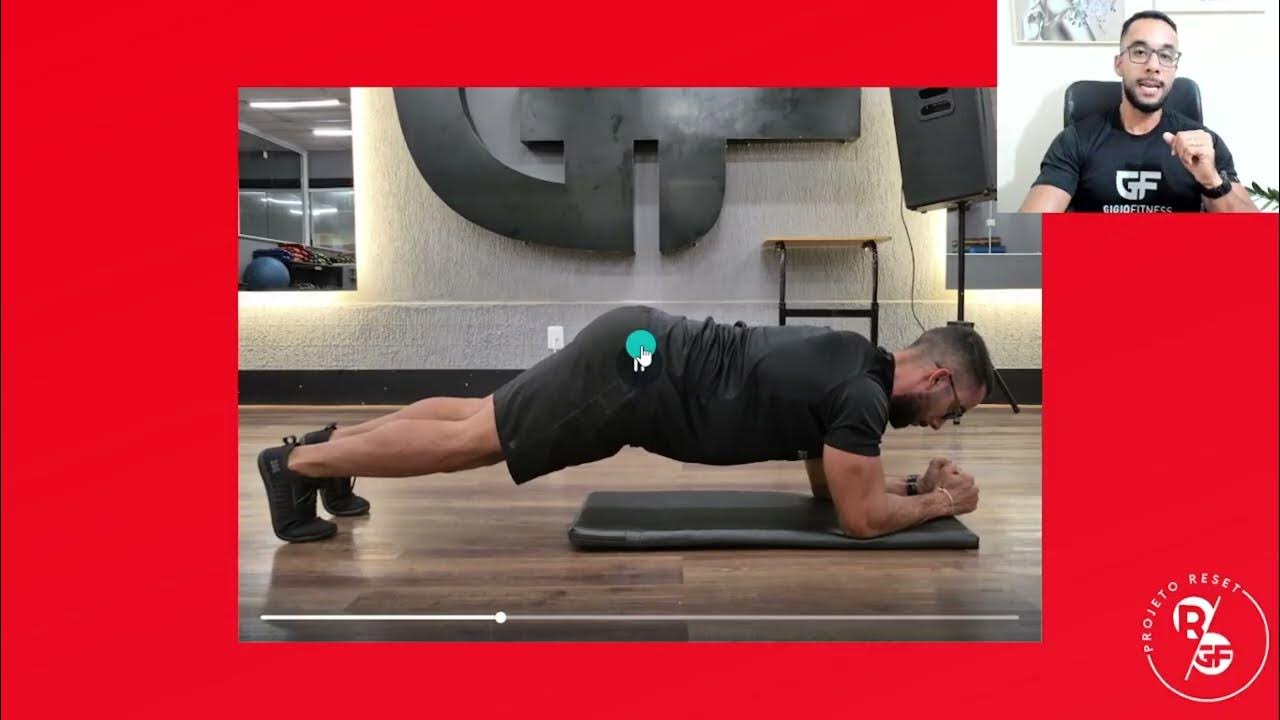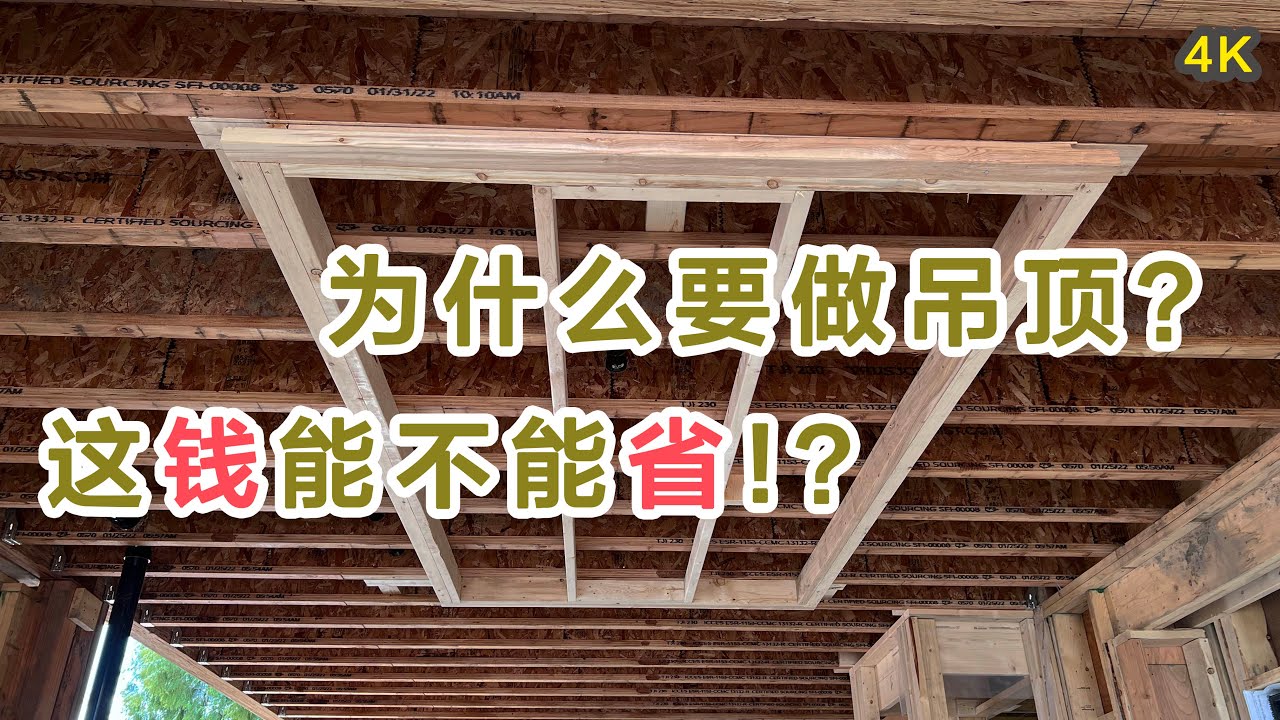How I Got Super High Bone Density - Increase Bone Density Today
Summary
TLDR本视频探讨了骨密度对健康的重要性,并分享了提高骨密度的方法。骨密度下降可能导致骨折风险增加,而高骨密度则有助于减少受伤几率。视频中,作者分享了自己骨密度高于平均水平的秘诀,包括进行负重训练、摄入高蛋白饮食、补充钙质和胶原蛋白等。此外,还讨论了维生素D、K1、K2和Omega-3对骨骼健康的潜在益处。
Takeaways
- 🦴 骨密度是随着年龄增长而逐渐减少的重要健康指标,对预防老年跌倒和骨折至关重要。
- 📉 骨密度的减少从25至35岁就开始,男性甚至比女性更早,因此早期关注骨密度至关重要。
- 🏋️♂️ 重量负荷运动是提高骨密度的最有效方法,如举重可以刺激骨骼生成更多骨组织。
- 📊 DEXA扫描是评估骨密度的黄金标准,通过测量身体脂肪、肌肉质量和骨密度来评估。
- 📈 骨密度的Z分数和T分数是衡量骨密度相对于同龄人、性别和种族的标准。
- 🥩 高蛋白饮食与较高的骨密度相关,因为蛋白质是骨骼的构建块,并且刺激骨形成细胞。
- 🥦 钙虽然被认为是对骨密度最重要的矿物质,但研究显示其对骨密度的增加作用有限。
- 🍣 Omega-3脂肪酸与骨密度的提高有关,可能对心脏、大脑健康以及减少炎症都有益处。
- 💊 尽管一些补充剂如维生素D、K1和K2可能对骨密度有积极影响,但重量训练和饮食是提高骨密度的更有效方法。
- 🌞 阳光是获取维生素D的自然方式,可能比补充剂更有效,有助于钙的吸收和骨质矿化。
Q & A
什么是骨密度,它为什么重要?
-骨密度是指骨骼中矿物质的含量,它反映了骨骼的强度。骨密度低是跌倒和髋部骨折死亡风险的主要因素,特别是在老年人中。高骨密度意味着身体强壮有韧性,无论年龄大小,受伤的可能性都较小,并且会感到较少的疼痛。
骨密度通常从什么年龄开始下降?
-女性通常在绝经后开始迅速失去骨量,而男性甚至可能在25至35岁之间就开始失去骨密度,尽管男性一开始的骨量更多。
DEXA扫描是什么,它如何帮助测量骨密度?
-DEXA扫描是测量骨密度的金标准方法,它检查身体脂肪、肌肉质量和骨密度。骨密度以三种形式反映:面积密度(每平方厘米的克数)、Z分数(与同龄人比较)和T分数(与健康的30岁同龄人比较)。
Z分数和T分数有什么区别?
-Z分数是将骨密度与同龄人、同性别和同种族的人进行比较,而T分数是将骨密度与健康的30岁同性别和同种族的人进行比较。
为什么说高骨密度可以降低死亡风险?
-研究发现,Z分数超过1的人死亡率和心脏病风险最低,这意味着高骨密度可以减少骨折和死亡的风险。
如何通过锻炼提高骨密度?
-进行负重锻炼,如举重,可以显著提高骨密度。当身体遇到重量阻力时,肌肉和肌腱对骨骼施加张力,这会促使骨骼产生更多的骨组织。
为什么说日常活动不足以提高骨密度?
-日常活动如提购物袋、吸尘、洗碗等,由于重量不够,不足以刺激骨骼形成,因此需要进行阻力训练。
蛋白质摄入量对骨密度有什么影响?
-蛋白质摄入量与骨密度正相关,因为蛋白质是骨骼的构建块,并且可以刺激骨形成细胞。建议的蛋白质摄入量约为每公斤体重1.6克,占总热量的20%至25%。
钙摄入量对骨密度的影响是什么?
-钙是构成骨骼的重要矿物质,但研究表明,仅通过饮食或补充剂增加钙摄入量对骨密度的影响有限,可能需要更高的钙摄入量才能看到效果。
维生素D对骨密度有什么影响?
-维生素D对钙吸收和骨矿化至关重要,但补充维生素D对骨密度的影响尚不明确。阳光是维生素D的自然来源,可能比补充剂更有效。
Omega-3脂肪酸对骨密度有何影响?
-Omega-3脂肪酸与骨密度正相关,可能有助于支持心脏、大脑健康以及骨密度。补充Omega-3可能对绝经后妇女的骨密度有积极影响。
Outlines

Cette section est réservée aux utilisateurs payants. Améliorez votre compte pour accéder à cette section.
Améliorer maintenantMindmap

Cette section est réservée aux utilisateurs payants. Améliorez votre compte pour accéder à cette section.
Améliorer maintenantKeywords

Cette section est réservée aux utilisateurs payants. Améliorez votre compte pour accéder à cette section.
Améliorer maintenantHighlights

Cette section est réservée aux utilisateurs payants. Améliorez votre compte pour accéder à cette section.
Améliorer maintenantTranscripts

Cette section est réservée aux utilisateurs payants. Améliorez votre compte pour accéder à cette section.
Améliorer maintenantVoir Plus de Vidéos Connexes

增强骨骼7方法,钙质食物与预防骨折 自然疗法,柏格医生dr berg

Natuurkunde uitleg DICHTHEID ALGEMEEN

Milei Rugpull, Solana Upgrade, Memecoin-Mania, Staking ETF, Bitcoin TradFi

Medically Assisted Sex: Inside the Controversial World | Slutever

AULA 34 - PRANCHA FRONTAL

吊頂怎樣做加拿大建房温哥华装修#Dropceiling#Vlog17#溫哥華自建房#木結構吊頂設計How to Install a Drop Ceiling #vancouver #建商Builder
5.0 / 5 (0 votes)
